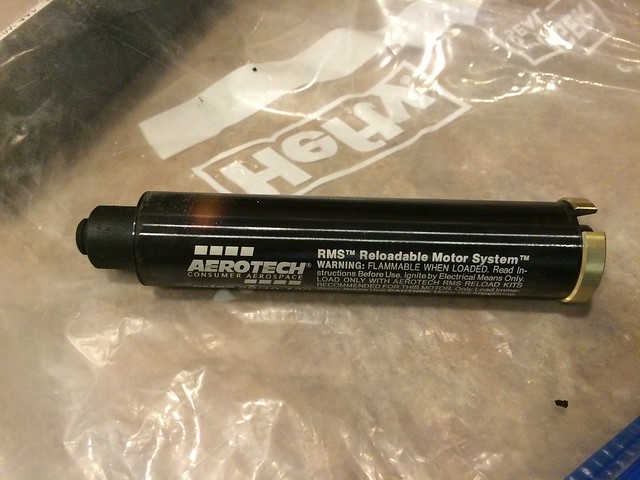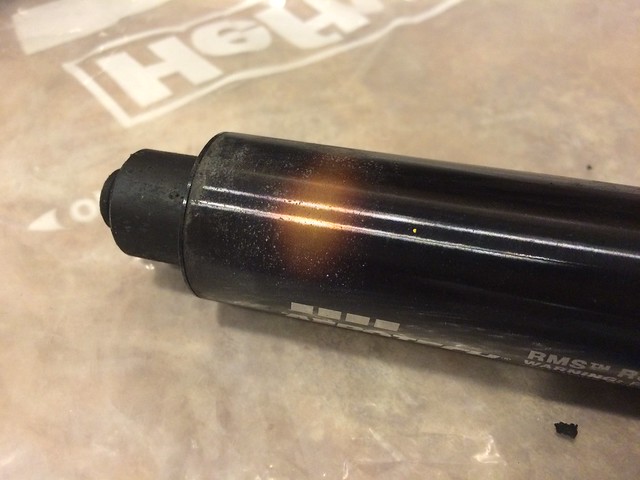- Joined
- Jan 27, 2009
- Messages
- 4,499
- Reaction score
- 2,975
What load is causing issues with the 24/40 case?
All three of my 29/40-120 cases are discolored and battered... But they keep working! Don't worry about it just keep flying.
The 24/40 cases tho are a different thing. Several are bulging at one end and have spat the rear retaining ring. Can't trust those.







